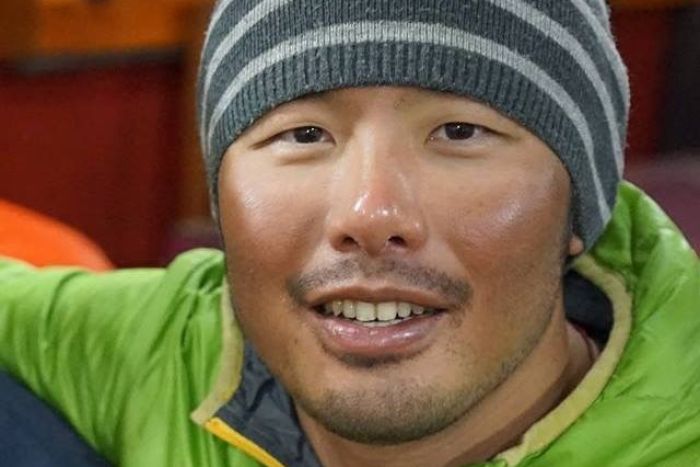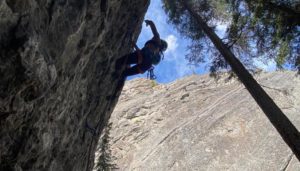Australian Climber Rescued from High on Everest

Australian climber Gilian Lee was rescued from high on Everest and is recovering in Kathmandu. At least 11 climbers have died on Everest this year, one of the worst in decades in the Himalayas. Despite record numbers reaching the summit of Everest in a single season and surviving from Nepal and Tibet, it’s hard to rejoice with so much tragedy and death on one mountain in only a few weeks.
Lee was on his way up Everest when he fell ill with altitude related symptoms while attempt the peak without bottled oxygen. Tibetan climbers found Lee at 7,500 metres. “He loved to climb mountains and he wanted to summit Everest,” said Tashi Sherpa, part-owner of the expedition company Lee was with. Climbers helped Lee off the mountain and a yak carried him to base camp.
Italian Jean-Marie Rossi was on the same expedition and said the Lee was stubborn and not listening to advice from others. Plus Lee was suffering from chest pains before continuing up.
“He had so much trouble with his acclimatization. He was always coughing, continuously.” It was Lee’s fourth attempt to climb Everest.
The day before his rescue, Lee took to Twitter to complain about a “killer sore throat.” While at base camp ahead of his climb, Lee talked about the long wait to attempt Everest.
He took to social media to vent his frustrations as he waited for conditions to improve. “Plans getting worse by the day. Lot of wind at the summit from the south side direction,” he wrote on Facebook on May 9. “North side windy as well. Chinese rope fixing team not at CBC so every day of delay is a nightmare.”
Rough night at C1 due to persistent chest infection
— Gilian Lee (@GilianLee) May 21, 2019
Lee wasn’t able to acclimatize properly, which likely contributed to his health problems. He said that without being able to climb higher than camp one that he might have difficulties. “The science for acclimatization for non-O2 is not as well known. Does one really need to hit high high? Last year a higher point worked OK. It’s all out of my hands … horrible feeling.”
German climber David Göttler attempted Everest without supplemental oxygen this year via the normal route. He turned around at 8,750 metres. He said that if you’re a high altitude climber then going up Everest is an obvious challenge, so long as it’s without bottled oxygen or big support. He told planetmountain.com here, “If you are a high altitude mountaineer, then sooner or later you want to reach the highest point on earth. I’d like to know if I’m capable of climbing it on my own accord.”


